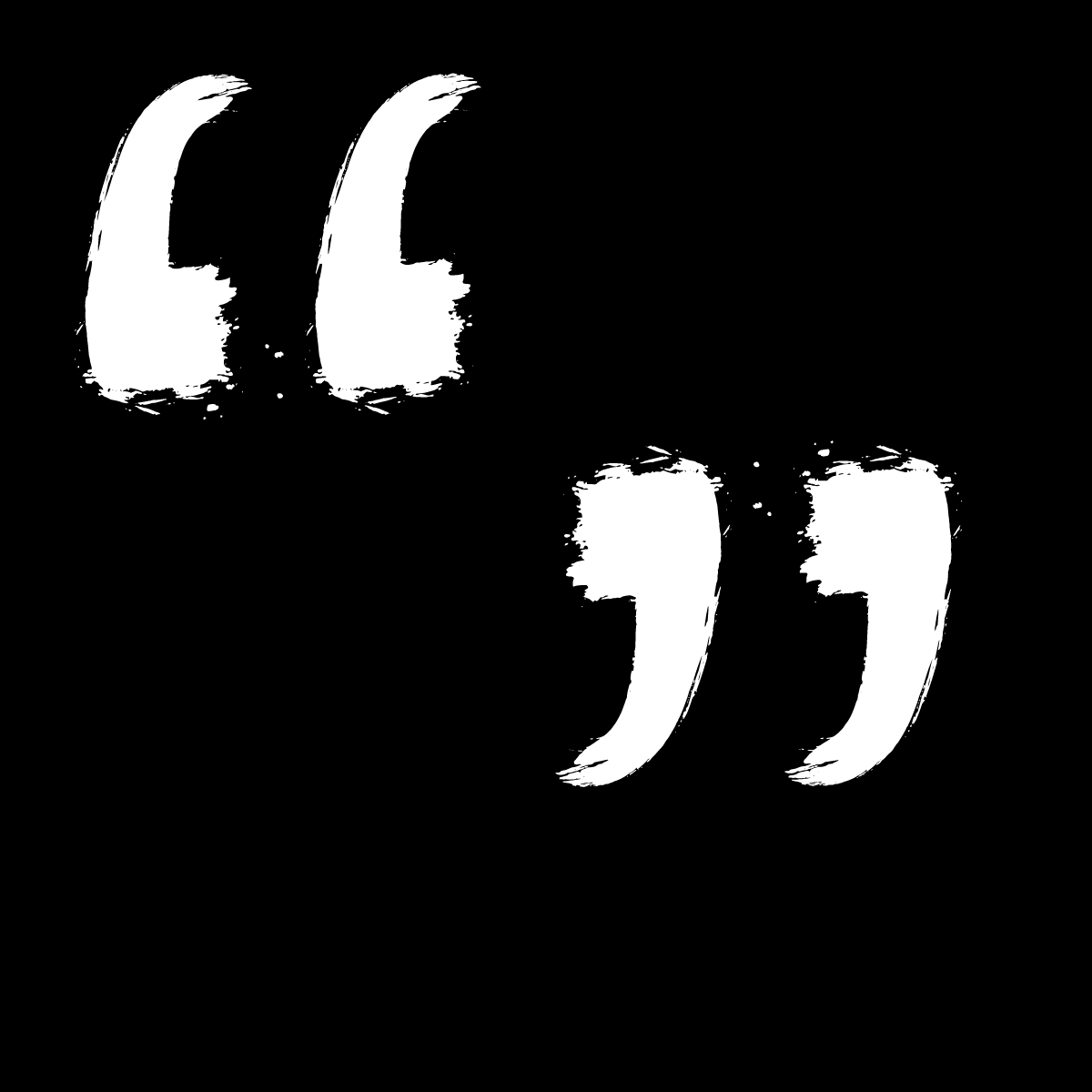First Sentences
First
Sentences
Opening lines can engage an audience in a variety of ways, depending on the conventions of the medium
emma taylor
The first sentence in any piece of writing has a vital role—to engage its audience. There are various techniques employed by writers to achieve audience engagement in the opening line. The approach varies depending on the medium; journalistic articles, short fiction, blogs and numerous other forms of prose are all created for different purposes. Each medium generally conforms to a particular construction.
The first sentence of a piece of writing is likely to have a form that is consistent with the structure of the genre it fits within. This essay will examine a number of first sentences across a variety of written mediums to analyse their construction and the techniques employed by the writers to engage their audiences.
Writing and Editing
a First
Sentence
There are some important questions to ask yourself before and during the writing process, particularly in regard to the first sentence of your piece of writing. These questions are also useful as an editorial tool to assess whether the first sentence is achieving its desired effect or engaging its audience.
The first question to ask yourself is, what am I writing? Thinking about what you are writing is crucial for a number of reasons. As discussed below, the first sentence of a piece of fiction, a magazine article or a blog piece has a purpose and may benefit from following a specific structure or style.
The next question you should ask is, who is my audience? Understanding your audience is key to creating effective and engaging content. You have to think about how you can engage that particular audience. How can you draw them in or surprise them? You should also question whether your language is accessible or appropriate for that particular target audience.
Thinking about the tone of the writing is also important. What tone am I trying to achieve? Is the writing supposed to be emotive, argumentative or encouraging? Think about the emotions you are appealing to in the reader and how you can best achieve this tonally. Ensuring that your first sentence has a clear tone is a great way to hook in a reader.
Something that might have been a subconscious decision to begin with in the writing of the piece is the tense. Decide what tense best suits the writing. Is it past or present?
Should I have an active or a passive voice?
It is always important to have a clear understanding of the effects of your writing. Tense can have a significant impact on the reader’s experience. Try writing the first sentence in different tenses and read it aloud to listen to how it affects the writing before making your decision.
“What am I writing?
Who is my audience?
What tone am I trying to achieve?
Should I have an active or a passive voice?”
For more advice on elements to establish early within your writing, see our style guide pages on Tense, Parts of Speech, Points of View and Passive vs. Active Voice.
blog
posts
Blogs have become a popular form of writing. As an online forum, blogs allow companies, writers, professionals within numerous industries, and ordinary people to communicate directly with an audience or their consumers. Blog posts—like other forms of social media—are typically short, conversational pieces of writing that engage with a broad range of topics. As ‘the key [to blogging] is to entertain and inform those visitors’ so that they return, a blog writer must have the ability to intrigue and capture the interest of their audience. The first sentence is therefore critical to audience engagement and catching their attention.
The ‘Inspiration Blogs’ section on The AJC Publishing, Writing and Editing Services website targets writers looking for inspiration. AJ Collins’s blog post ‘Editing is a strange life’ appeals to creatives in the field of writing and editing, drawing parallels between her work as an editor and the process of writing. The example below is the first sentence from this post.
Any writer knows that the creative mind is a tenuous friend, given to disappearing just when you need it most.
From the first two words it is clear who the post is targeting: writers (and possibly creatives more generally). Collins encourages her audience to reminisce on their experience of what it feels like to have a creative mind with her suggestion that ‘any writer knows …’. She appeals to a common experience—the sense of lacking creativity at crucial moments—which acts as a hook for readers who’ve experienced this. Appealing to the reader’s experiences is a smart way to create engagement for a blog post.
Collins also uses metaphor to explain the notion of the creative mind and its unpredictability. This entices the audience to create a deeper engagement with the sentence through imagining their ‘creative mind’ as this ‘tenuous friend’. The sentence is not wordy and the simplicity of the language alongside clever use of metaphor makes it easy to engage with.
journalistic
articles
Newspaper and magazine articles tend to adhere to a journalistic style of writing. Peter Cole notes that ‘the overriding message in journalistic writing is: Keep It Simple’. The aim of the first paragraph in a journalistic piece is to ‘engage the reader’ and ‘summarise what the story is all about’, while the first sentence acts as a hook into the explanation of the story. Cole also suggests that a ‘good intro depends on [the writer’s] judgement and decisiveness … what is the newest, most interesting, most important, most significant, most attention- grabbing aspect of the story’. The active voice—which feels more immediate—is preferred to the passive voice in journalistic writing.
Melbourne Magazine explores local stories through feature articles, news and event information. The following example is the first sentence from a feature article in the June–July 2017 issue of the magazine.
Melbourne’s reputation as a destination for art and culture extends far beyond its concert halls, galleries and even its famous laneway murals.
This sentence is designed to engage with an audience—either locals or tourists—who are looking to experience Melbourne. The sentence places emphasis on the locale by opening with ‘Melbourne’ and encourages its audience to read further to explore what Melbourne has to offer beyond its reputation. It establishes Melbourne as a sought-after destination for cultural and creative experiences.
Written in the active voice and present tense, the sentence implies that readers should be looking to experience Melbourne now. It draws upon broad terms of ‘art’ and ‘culture’ to encompass a broad range of experiences available for everyone to enjoy.
It is a simple but effective sentence that conforms to journalistic standards. The use of simple language means that a wide audience can understand what this article will explore and can engage with the content.
This news story from 2018 focuses on Rebel Wilson’s lawsuit against Women’s Day magazine and her determination to maintain defamation laws. It also draws on contemporary issues outside the case regarding defamation laws. The first sentence below is from the article.
Rebel Wilson has slammed local media outlets for wanting to change the country’s strict defamation laws.
Following standard journalistic construction, the first sentence is declaratory and introduces the story that follows. The present tense alongside the active voice emphasises the situation as a current issue. Opening with a celebrity name can draw immediate attention to a story— it is an effective engagement tool for such a story. Similarly, using strong language such as ‘slammed’ also invites the audience into the story to discover what has made Rebel Wilson angry and to themselves contemplate the debate regarding Australia’s defamation laws.
interview
pieces
While the first sentences of interviews can sometimes weave in a little creative flair, most often they remain factual and heighten the reader’s understanding of the interviewee. The first sentence is usually descriptive and tells the reader something about the person—perhaps the person’s interests, what they do, or what they have achieved. This will depend on the type of interview and the purpose for its publication.
The piece ‘“Creativity is not a sedentary act”: An interview with Joyce Carol Oates’ was written shortly after the release of Oates’ new collection of writing, and begins:
The author of more than forty novels, countless short stories, and a wealth of published essays, criticism, personal diaries and correspondence, Joyce Carol Oates has been a titan of contemporary American literature for almost sixty years.
This first sentence details who is being interviewed, what they do and what they have achieved. The sentence, as the opening to an interview, seeks to invite its audience to discover more about this ‘titan of contemporary American literature’.
The writing is clear and succinct in describing the author’s numerous achievements. The construction of the sentence is logical; while it contains a significant amount of detail, it does not feel awkward or difficult to read.
short
stories
Fiction, particularly short stories, are the least likely to have a prescriptive structure for their opening sentence. The first sentence adheres to an individual story’s needs rather than an all-encompassing rule. The writer should have an understanding of what their fiction is trying to achieve—a sense of its tone, consistency of tense and voice— and this will help to construct the first sentence of the piece. The first sentence should draw the reader into the fictional world.
The two examples below are both written in the present tense which has become increasingly popular in fiction. According to Richard Lea, ‘more writers are adopting this way of storytelling to bring immediacy and intimacy to their work’. It is apparent that employing the present tense in fiction is one way to increase the likelihood of immediate audience engagement. The present tense pulls the reader into the story and has the ability to make them feel as though they are there alongside the characters.
(A) Collection Within a Book: ‘Maggot’
The bell for the end of recess hasn’t gone and Geoffrey’s wilting ginger hair is already glued to his sweaty cheeks.
By using present tense, Wright places the reader directly within the scene. The imagery of ‘Geoffrey’s wilting ginger hair … glued to his sweaty cheeks’ is particularly vivid. This imagery works to evoke the notion of a hot summer’s day—the audience can imagine how hot it must be for Geoffrey’s hair to be glued to his cheeks. This sentence also conjures a sense of place. The words ‘bell’ and ‘recess’ indicate a school yard environment. In one short sentence, Wright’s opening uses imagery and tense to evoke a sense of time and space and hook her audience.
(B) Literary Magazine: Car Ride
—And Dad’s first to go, while outside the countryside rushes by in bounds.'
This first sentence is immediately engaging; by beginning mid-sentence, the story intrigues the reader. Using an em dash at the beginning of the sentence suggests interruption and raises questions for the reader. Where is the dad first to go? It implies that the story has already begun, and entices the reader to uncover what they might have missed. A beginning such as this could be viewed as jarring by some, but overall many would find it compelling and feel an urge to read further. The sentence is written in present tense which has an instant effect in transporting the reader to the scene. There is a sense of motion and travel exposed through the imagery of watching as ‘the countryside rushes by in bounds’. There is mystery and intrigue with the suggestion that the father has gone or is going somewhere, and this detail functions as a hook to engage the reader.
“Does my opening line achieve what I have set out to accomplish?
Does my first sentence engage my audience?”
conclusion
Once you’ve finished writing your first sentence go back through these questions and then ask yourself:
Does my opening line achieve what I have set out to accomplish?
Does my first sentence engage my audience?
These questions will help you think critically about the function of the first sentence and how you can best engage the audience.
Every piece of writing is created with the intent to engage its audience. The first sentence—as the reader’s first encounter with the writing—performs an integral role in audience engagement. In order to successfully capture the attention of their audience, writers must have awareness of the purpose for their writing as well as the skills and techniques that can be employed to craft a successful work. As different written mediums are expected to conform to particular constructions, it is important to understand what these structures are and how a writer can adhere to these or, by knowing the rules, break them. It is crucial for writers to understand the importance of the first sentence and how they can construct an opening that draws in their audience.







